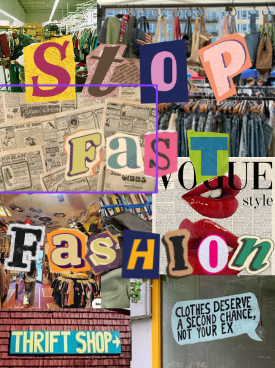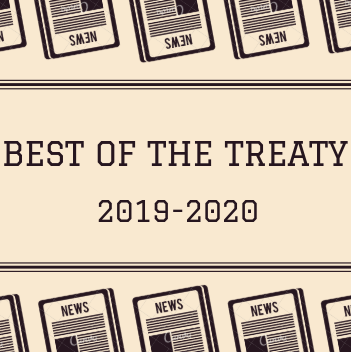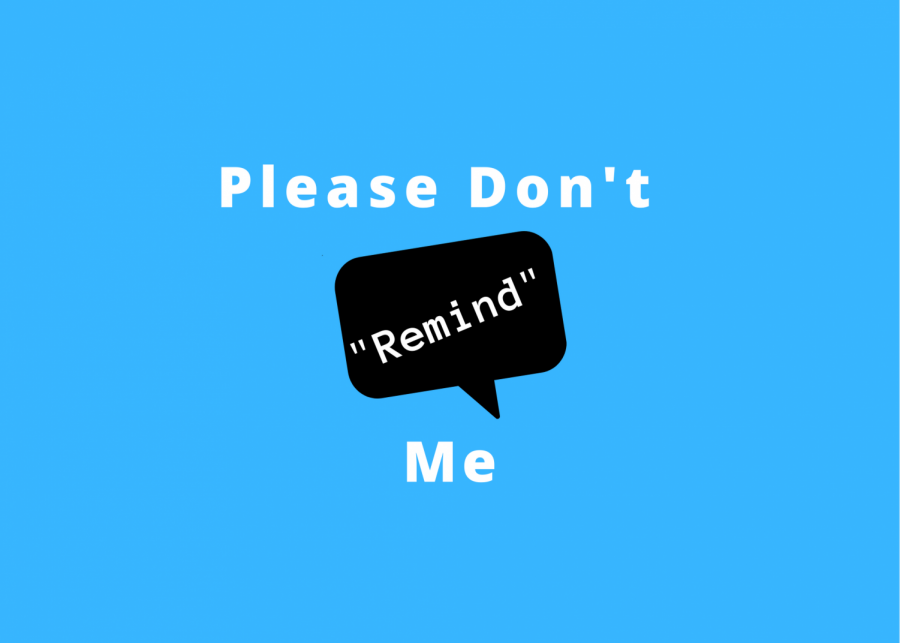
Within recent years, fast fashion has become a large part of the shopping industry, especially in young adults and teens. The quick access, cheap prices, and fast delivery are the prime motives for purchasing.
You may be asking, “How do I know if it’s fast fashion?” There are many ways to decipher the differences. Poor materials such as polyester, spandex, and nylon are one of the first things to notice when shopping in person. However, online, the cheap prices and unorganized website should strike concern on the credibility of the site at hand.
Stores such as Forever21, Charlotte Russe, Shein, Temu and Zara are prime examples of big brands in the fast fashion industry. Although most don’t realize it, the purchasing of fast fashion not only hurts the environment drastically, but also supports the unfair working conditions that cause many individuals to suffer.
It was stated by Earth.org that the “three main drivers of the industry’s global pollution impacts are dyeing and finishing (36%), yarn preparation (28%), and fiber production (15%).”
When fast fashion industries are making and designing their clothing, the production of these dyes and fiber are done at a rapid rate. This is a large contributor to global pollution.
“Zara was able to design, produce, and deliver a new garment in two weeks ….This results in the fashion industry producing obscene amounts of waste” said Earth.org.
The environment isn’t the only thing negatively harmed in the midst of this. Although most don’t realize it, the purchasing of fast fashion also supports the unfair working conditions that many individuals suffer. Most Americans don’t pay mind to how the clothes they are purchasing are being made overseas. The appalling working conditions individuals go through to stay alive are only further encouraged by the daily purchases off these websites.
The fast fashion industry “employs approximately 75 million factory workers worldwide, yet less than 2% earn a living wage,” said Earthday.org
The horrible wages and conditions are one of the main negatives shown. A livable wage should be the primary thing a job focuses on their employees earning. However, this is the least of concerns for fast fashion industries.
Earthday.org stated that, “We often overlook the true cost of fast fashion- a cost paid in sweat, suffering, and silenced voices of garment workers across the globe.”
On top of the awful income it brings, the conditions tend to be much worse. The unhealthy environment full of suffering and tears of the workers that endure it continues every day with no one stopping it.
However, the cheap costs of online fast fashion websites can be very intriguing. They do provide cheap alternatives to higher end clothing, as well as provide easy access to the latest trends in fashion. This can benefit individuals with lower incomes that are still trying to creatively express themselves.
Also, on an uprising in recent years is thrifting clothing. Thrifted and second hand clothing is one of the primary ways to benefit the environment and is a cheap alternative to fast fashion.
Fort Bends Women Center elaborated on the fact that thrifting results in “reduction in waste production.”
Instead of contributing to landfill waste, it offers clothing a second chance. By purchasing clothing second hand, you are not only aiding the environment, but also are able to hunt for unique items that companies may not be making anymore.
“The production of a single cotton shirt can consume over 700 gallons of water” said Fort Bends Women Center. Not only water consumption but the fashion industry shows to be a primary source of carbon emissions.
By thrifting, you are aiding in the decline of carbon emissions and water consumption that occurs within the production of fashion. If fast fashion industries lose business, they will eventually be closed down. If all individuals shopping on those harmful websites come together and stop making purchases, a difference could be made.
So next time you think about hitting that confirmation button on Shein, stop yourself from being lazy and go take a walk in a thrift store.








